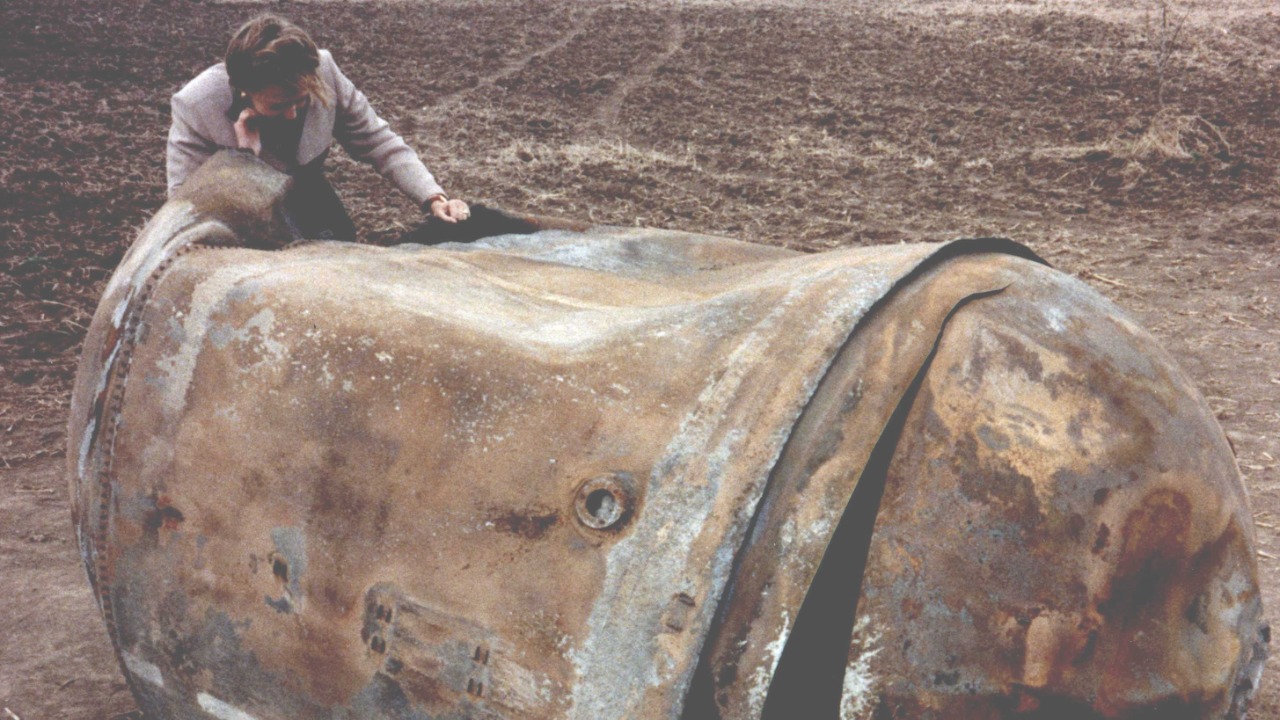
A Texas woman made an astonishing discovery while traversing a wheat field in her local area, uncovering mysterious equipment that initially baffled her and local authorities. Upon closer inspection by experts, the gear was identified as lost research equipment from NASA, misplaced during a previous mission and untouched for years. This unexpected find underscores the serendipitous nature of scientific recovery efforts (Daily Galaxy). The equipment, consisting of specialized sensors and data recorders, had been reported missing by NASA in 2023, with no leads until this rural Texas encounter brought it back into the spotlight (SSB Crack).
The Unexpected Find in the Field
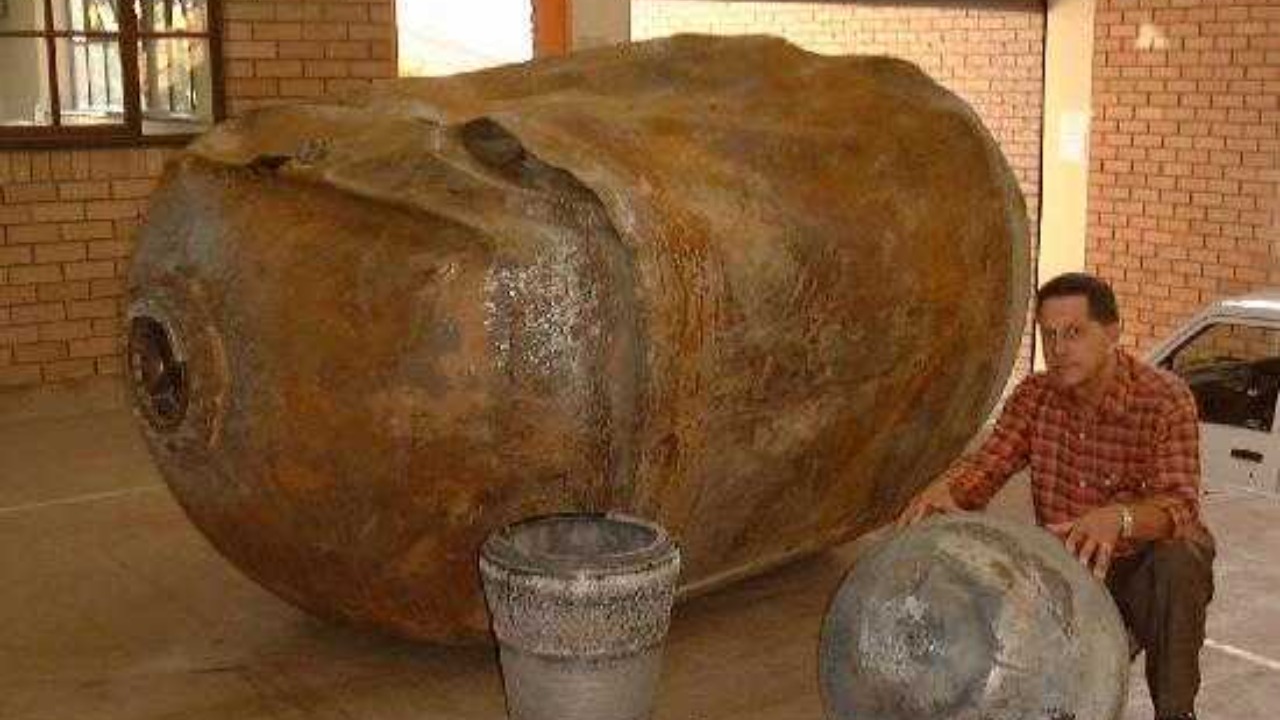
During a routine walk through a wheat field near her home in rural Texas, the woman noticed partially buried metallic objects protruding from the soil. Initially mistaking them for farm debris, she was intrigued by their unusual appearance. Her curiosity led her to photograph the items and contact local sheriff’s deputies, who arrived on site within hours to secure the area and prevent tampering (SSB Crack). The equipment’s condition upon discovery was weathered but intact, with NASA insignias visible on the casings, sparking initial speculation about its origins among onlookers (Daily Galaxy).
The woman’s immediate actions and the subsequent arrival of local authorities highlight the importance of community involvement in scientific discoveries. Her decision to report the find rather than dismiss it as mere debris was crucial in recovering valuable scientific equipment. This incident underscores how everyday citizens can play a vital role in scientific endeavors, often leading to significant breakthroughs or recoveries.
Identification as NASA’s Property
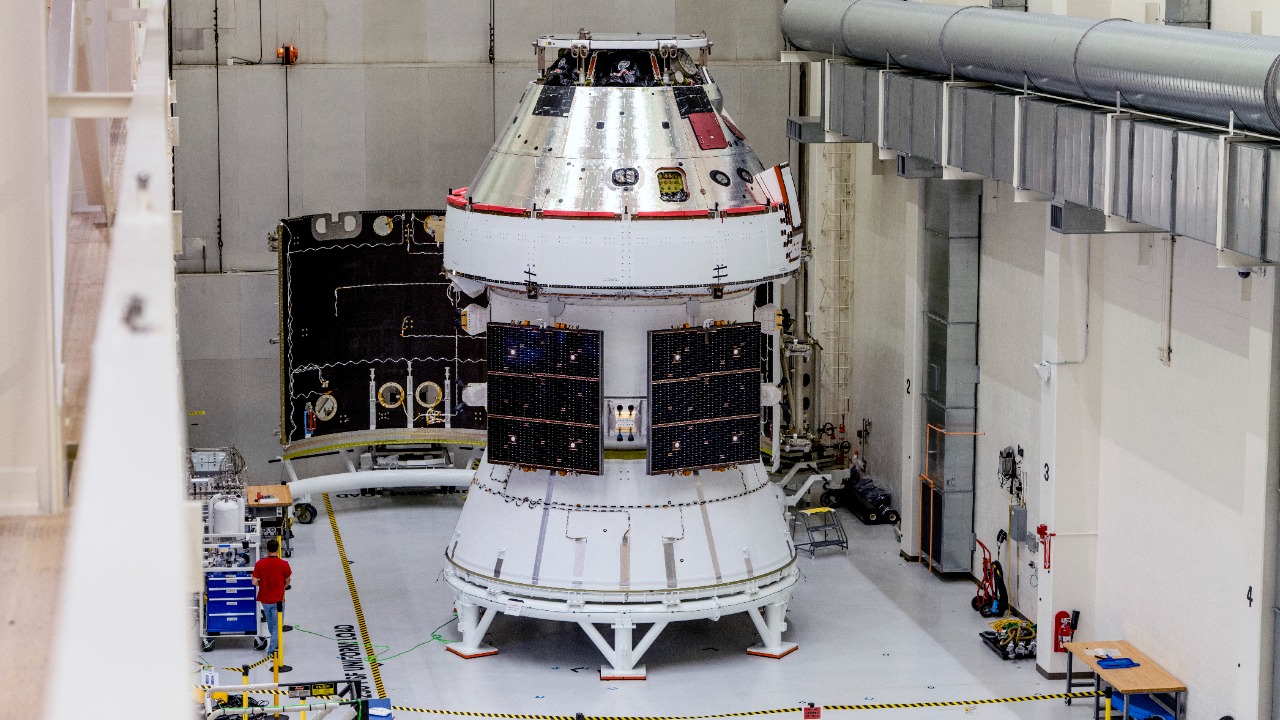
Following the initial discovery, local authorities conducted preliminary checks and reached out to federal agencies, leading to NASA’s involvement within 48 hours of the report (SSB Crack). NASA confirmed the equipment’s identity through serial number verification, matching items lost during a 2023 atmospheric research deployment over the Texas panhandle (Daily Galaxy). The gear, consisting of high-altitude weather monitoring devices designed for drone launches, was valued at approximately $150,000. It had drifted off-course due to unexpected wind patterns, illustrating the challenges faced in atmospheric research missions.
This identification process not only validated the equipment’s origins but also highlighted the robustness of NASA’s tracking and recovery protocols. The swift action taken by both local and federal authorities ensured that the equipment was safely retrieved and could potentially be reused or studied further. This incident serves as a reminder of the unpredictable nature of scientific fieldwork and the need for robust tracking systems.
Background on the Lost Mission
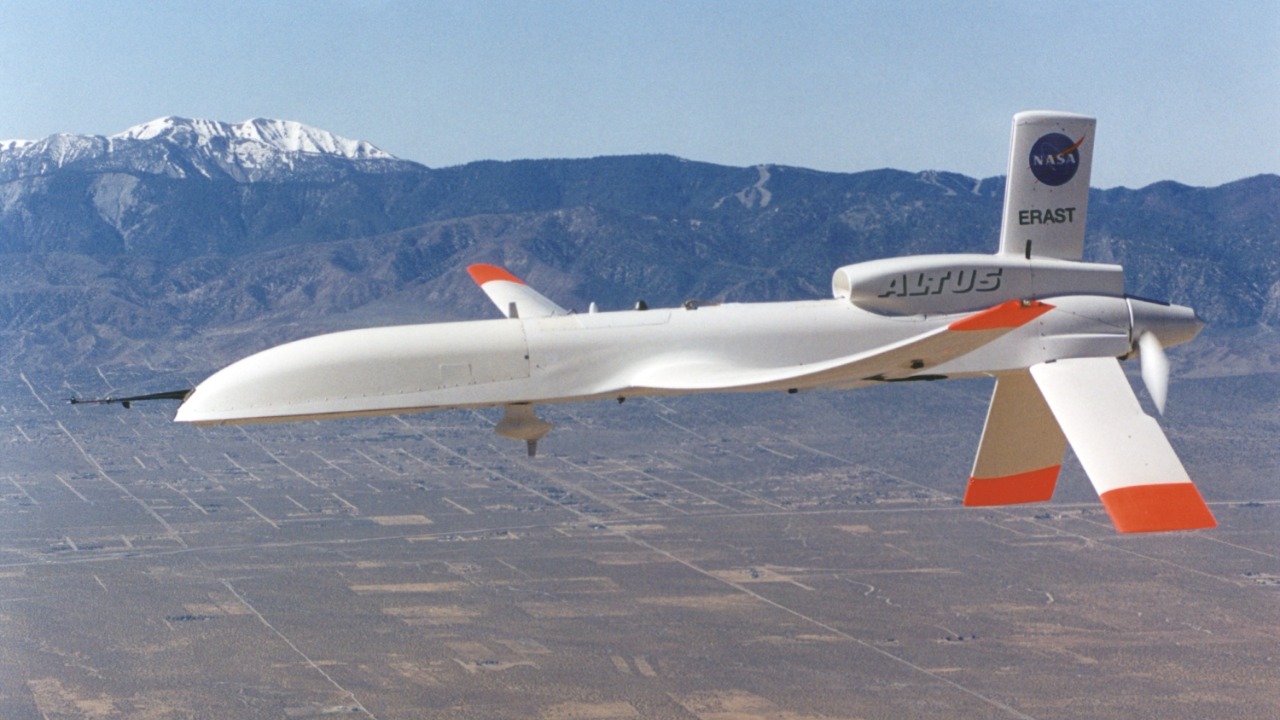
The original 2023 NASA project was a collaborative study on regional climate patterns involving unmanned aerial vehicles launched from a base in Amarillo, Texas. During a test flight on July 15, 2023, the equipment detached, leading to its loss. Search efforts were abandoned after two weeks due to the vast terrain, illustrating the difficulties in recovering lost equipment in expansive areas. NASA’s statement post-recovery emphasized the durability of their research tools and the importance of community vigilance, as noted by project lead Dr. Elena Ramirez.
This background provides insight into the challenges faced by NASA in conducting atmospheric research. The loss of equipment during such missions is not uncommon, but the recovery of this particular gear highlights the potential for unexpected discoveries to contribute to ongoing scientific efforts. The incident also underscores the importance of collaboration between NASA and local communities in achieving successful outcomes.
Recovery Process and Community Impact

NASA technicians arrived with specialized tools to carefully unearth and transport the equipment to Johnson Space Center in Houston for analysis. The operation was completed efficiently, showcasing NASA’s expertise in handling delicate recovery missions. The woman who discovered the equipment received a certificate of appreciation from NASA and an invitation to tour their facilities, expressing her surprise at the connection to space exploration.
The broader implications of this event include increased local awareness about scientific fieldwork in agricultural areas. It prompted NASA to enhance tracking protocols for future missions, ensuring that similar incidents can be avoided or addressed more swiftly. The recognition of the woman’s role in the discovery also highlights the value of public engagement in scientific endeavors, encouraging others to remain vigilant and report unusual findings.
Lessons from the Discovery
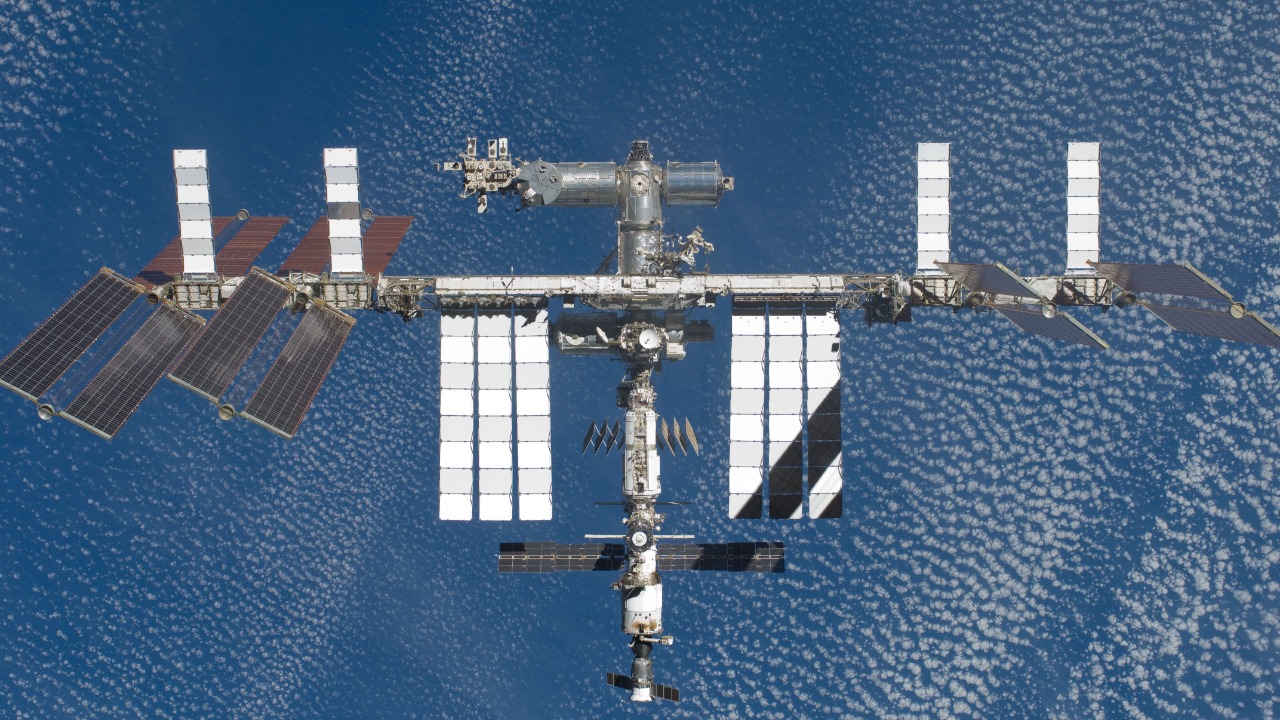
The scientific value recovered from the intact data logs could provide insights into 2023 weather anomalies, potentially aiding ongoing climate models. The story garnered significant public interest, with over 500,000 social media shares within days, inspiring citizen science initiatives in Texas rural communities. NASA plans to reimburse the landowner $5,000 for field disruption and integrate the incident into training modules for field operations.
This discovery not only provided valuable data for scientific research but also demonstrated the power of community involvement in scientific endeavors. The widespread public interest and subsequent initiatives underscore the potential for citizen science to contribute to professional research efforts. NASA’s response, including compensation for the landowner and the integration of lessons learned into training, reflects a commitment to improving future operations and fostering positive relationships with local communities.